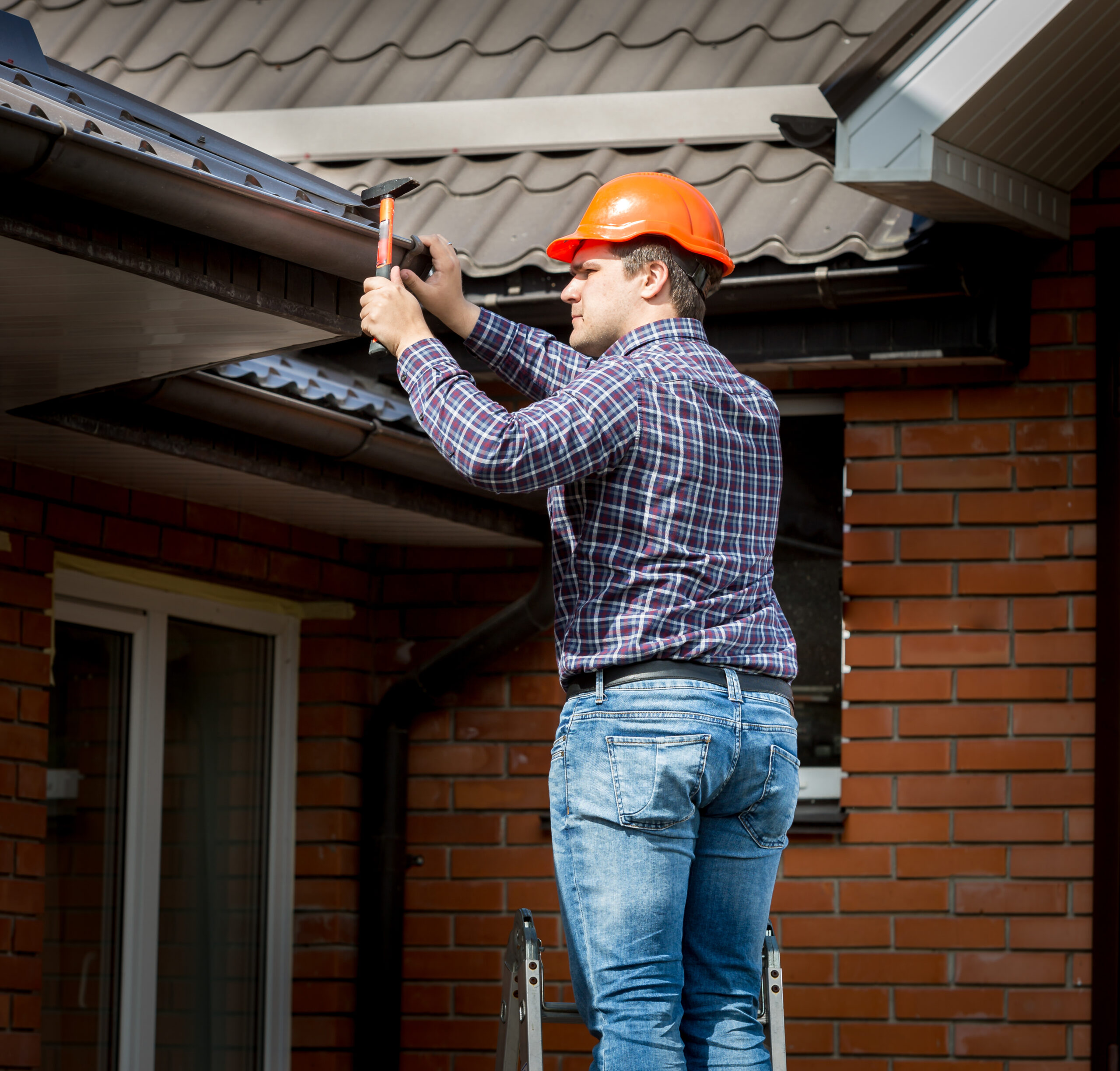When it comes to roofing in Florida, one of the most critical considerations for homeowners is how long their roof will last. The lifespan of a roof in Florida is largely determined by the material used, as well as how well it is maintained. Florida’s hot, humid climate, combined with frequent heavy rains and the threat of hurricanes, presents unique challenges for roofs. Here’s a breakdown of typical roof lifespans in Florida based on different materials and what you can do to maximize your roof’s longevity.
-
Asphalt Shingles (15-20 Years)
Expected Lifespan: 15-20 years
Asphalt shingles are among the most common roofing materials in Florida due to their affordability and versatility. While they offer decent protection and are easy to install, they tend to have a shorter lifespan than other materials in Florida’s harsh climate. High heat, humidity, and strong winds can cause asphalt shingles to degrade faster compared to milder climates.
Tips for Prolonging the Lifespan:
– Regular Inspections: Check for loose or damaged shingles, especially after storms.
– Proper Ventilation: Ensure your attic is properly ventilated to reduce heat buildup.
– Use Quality Shingles: Opt for high-wind-resistant shingles designed for Florida’s weather conditions.
-
Metal Roofing (40-70 Years)
Expected Lifespan: 40-70 years
Metal roofs are highly durable and resilient against the elements, making them a popular choice for Florida homeowners. They can withstand high winds, resist corrosion, and are relatively low-maintenance. Metal roofs are also fire-resistant and energy-efficient, reflecting sunlight and keeping homes cooler.
Tips for Prolonging the Lifespan:
– Inspect for Corrosion: While most metal roofs are treated to resist rust, regular checks can prevent small issues from growing.
– Clean Debris Regularly: Clear leaves and other debris that may accumulate on the roof.
– Consider Coatings: Apply protective coatings for extra UV and corrosion resistance.
-
Tile Roofing (50+ Years)
Expected Lifespan: 50+ years
Tile roofs, including clay and concrete tiles, are known for their durability and longevity. Properly maintained tile roofs can last for 50 years or more, even in Florida’s challenging climate. They are resistant to rot, insect damage, and fire, and they provide excellent insulation.
Tips for Prolonging the Lifespan:
– Repair Cracked or Broken Tiles: Damaged tiles should be replaced promptly to prevent water intrusion.
– Clean and Seal: Remove algae and dirt buildup, and consider sealing the tiles for added protection.
– Reinforce Roof Structure: Ensure your home’s structure can support the weight of a tile roof to prevent sagging over time.
- Flat Roofs (15-30 Years)
Expected Lifespan: 15-30 years
Flat roofs are common in both residential and commercial properties in Florida. These roofs typically use materials like modified bitumen, single-ply membranes (TPO, EPDM), or built-up roofing. Their lifespan depends heavily on the material used and maintenance practices.
Tips for Prolonging the Lifespan:
– Inspect for Water Pooling: Ensure proper drainage to prevent water buildup.
– Apply Reflective Coatings: These coatings reduce UV damage and heat absorption.
– Perform Regular Maintenance: Flat roofs require periodic inspections and maintenance to prevent leaks and structural damage.
-
Slate Roofing (75-100+ Years)
Expected Lifespan: 75-100+ years
While slate roofs are less common in Florida due to their weight and cost, they are among the most durable roofing materials available. Properly installed slate roofs can last well over a century, offering excellent resistance to the elements.
Tips for Prolonging the Lifespan:
– Regular Inspections: Check for cracked or broken tiles.
– Expert Installation: Ensure installation is done by experienced professionals, as poor installation can shorten the roof’s lifespan.
– Reinforce Structure: Slate is heavy and may require additional structural support.
Factors That Impact Roof Lifespan in Florida
- Climate and Weather Events: Florida’s heat, humidity, and storms can accelerate the aging process of a roof.
- Maintenance Practices: Regular maintenance and prompt repairs can extend the life of any roof.
- Quality of Materials and Installation: Choosing high-quality materials and hiring experienced professionals for installation makes a significant difference.
- Ventilation and Insulation: Proper ventilation reduces heat and moisture buildup, prolonging roof life.
How to Make Your Roof Last Longer in Florida
- Schedule Regular Inspections: A professional inspection at least once a year can catch small issues before they become major problems.
- Clean Gutters and Downspouts: Clogged gutters can lead to water pooling and damage.
- Trim Overhanging Branches: Prevent branches from falling on or scraping against your roof.
- Invest in Quality Materials: High-quality materials, even if more expensive upfront, often offer better durability and longer lifespans.
Key Takeaway: Choose Durability and Maintenance
The lifespan of a roof in Florida varies greatly based on the material and how well it is maintained. Metal and tile roofs offer long-lasting protection and are well-suited to Florida’s climate, while asphalt shingles are a cost-effective, albeit shorter-term option. To get the most from your roof, prioritize regular maintenance, quality installation, and weather-appropriate materials. This proactive approach will help your roof withstand Florida’s challenging conditions and protect your home for years to come.

